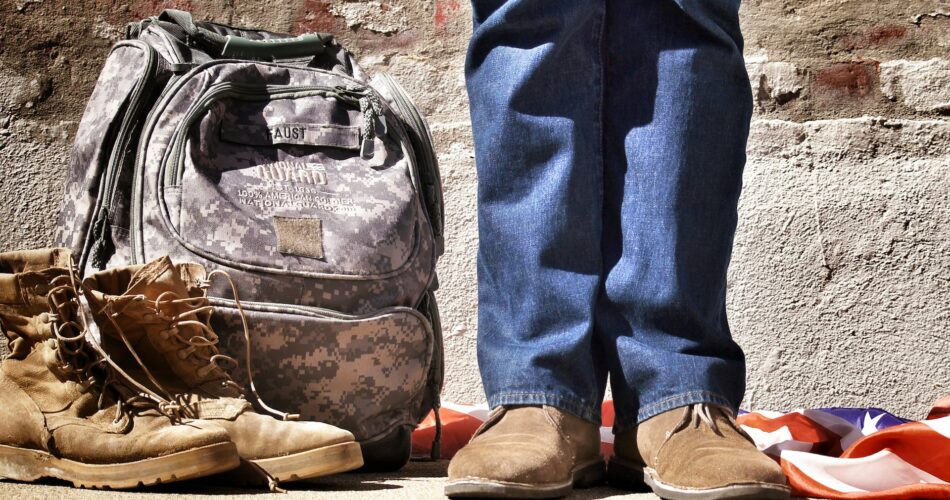He was fed up.
In a contentious incident at the Iowa state Capitol, Michael Cassidy, a 35-year-old Christian veteran and former Navy officer, took down and beheaded a satanic statue that had become a focal point of debate among state legislators and online communities. The statue, representing Baphomet, had stood for nearly two weeks in front of an altar promoting the seven “Fundamental Tenets” of The Satanic Temple.
Cassidy expressed his outrage, stating that his actions were driven by his adherence to the word of God, rejecting any justification based on constitutional grounds. He paraphrased Martin Luther’s defense before the Diet of Worms, declaring, “My conscience is held captive to the word of God, not to bureaucratic decree.” He emphasized that his intent was to awaken Christians to what he viewed as anti-Christian acts sanctioned by the government.
The incident sparked a debate over the balance between freedom of expression and religious sensitivity. Cassidy, charged with fourth-degree criminal mischief, turned himself in to authorities. Despite potential charges from The Satanic Temple Iowa, his attorney argued that Cassidy’s actions were a peaceful protest against a display that he perceived as a direct affront to God.
The destruction occurred amid a broader discussion among state lawmakers about the appropriateness of the satanic display. Some lawmakers, such as Rep. Jon Dunwell, found the display objectionable but believed it was not the government’s role to dictate religious matters. Others, like Rep. Brad Sherman, argued that the display violated the state constitution, urging the governor to have it removed.
Governor Kim Reynolds condemned the display as objectionable but advocated for free speech, stating that in a free society, the best response to objectionable speech is more speech. The destruction of the satanic statue prompted a response from The Satanic Temple Iowa, who described it as a “hate crime” and affirmed their commitment to continuing their holiday display.
The incident highlights the complex intersection of freedom of expression, religious beliefs, and the role of government in regulating displays that may be deemed offensive or blasphemous by certain religious communities.
